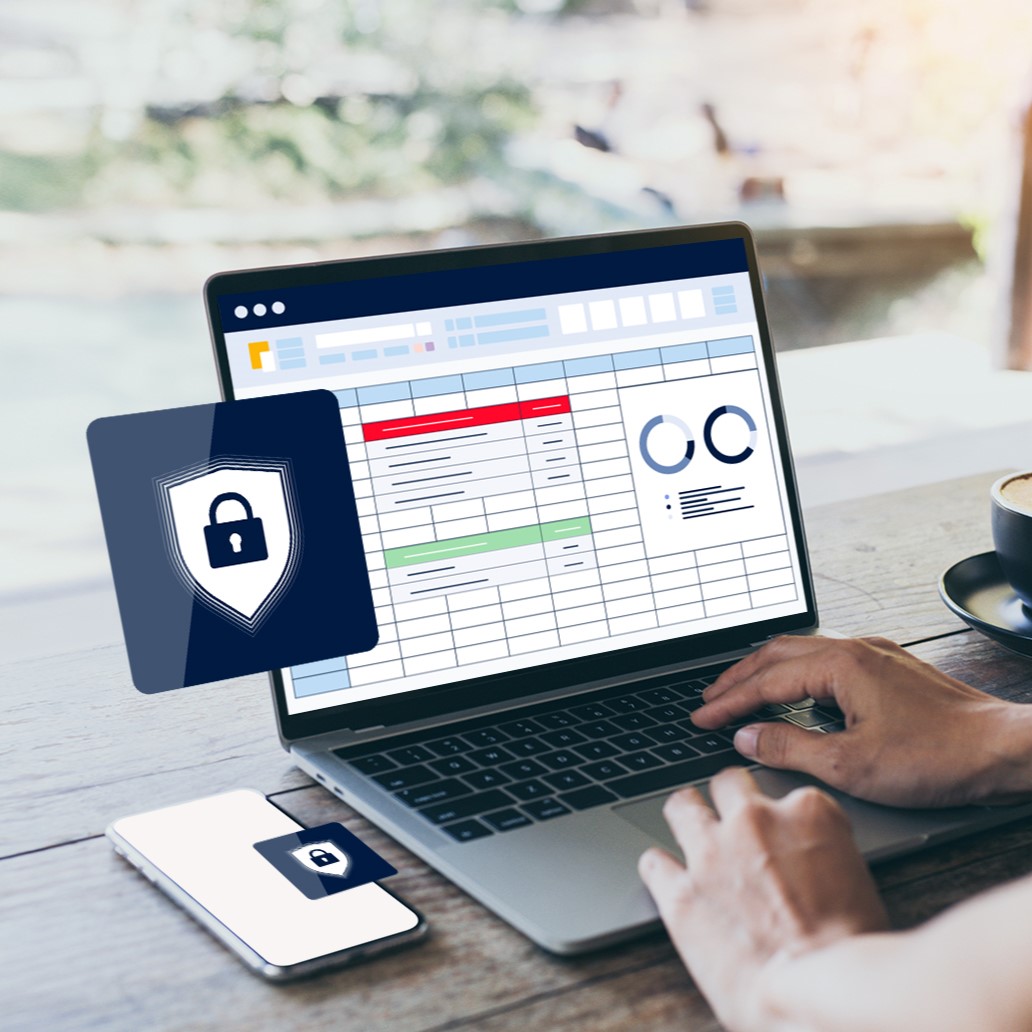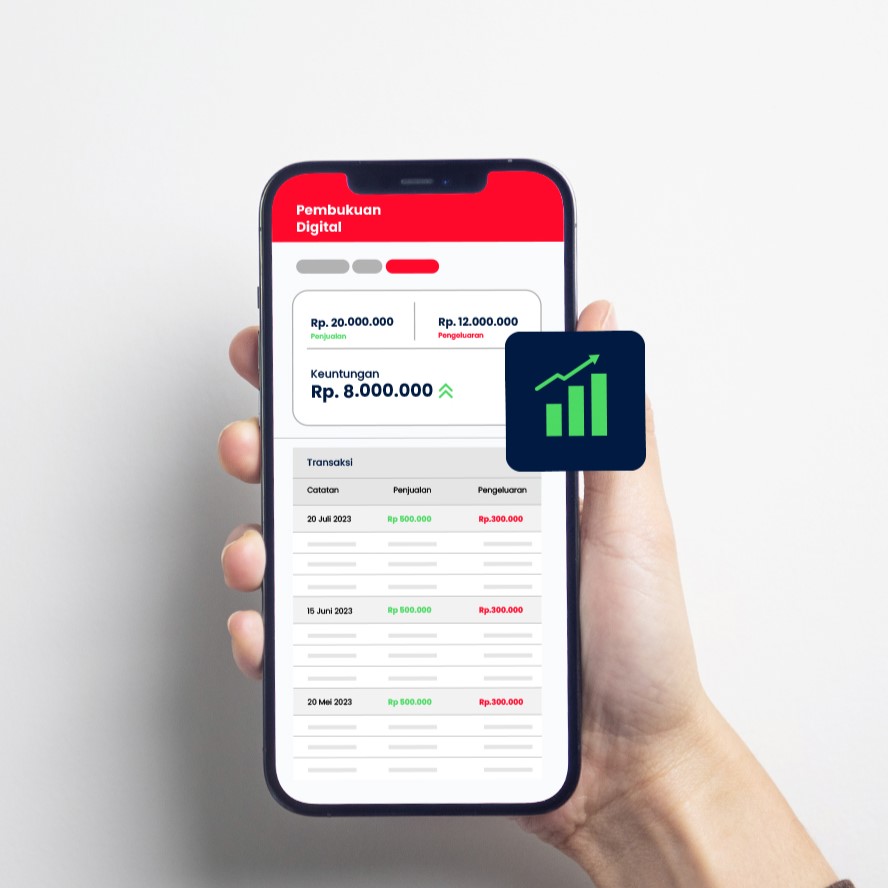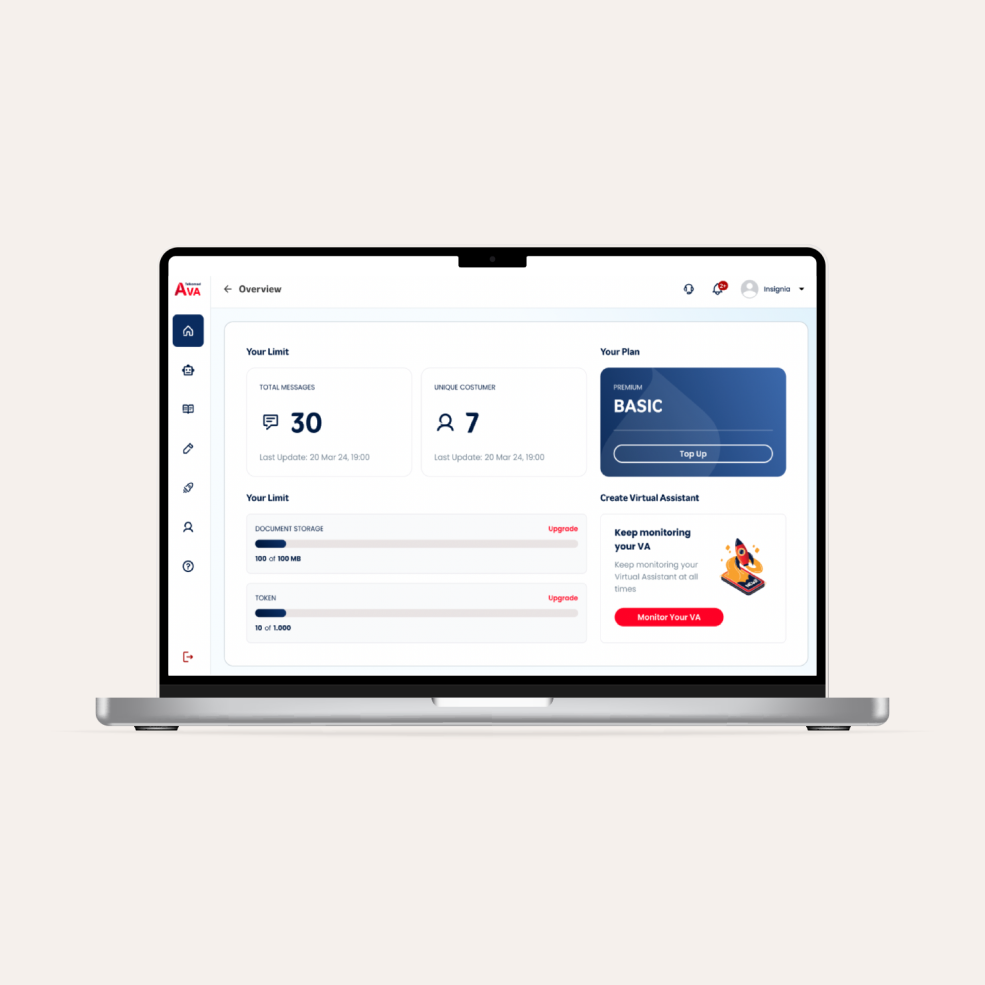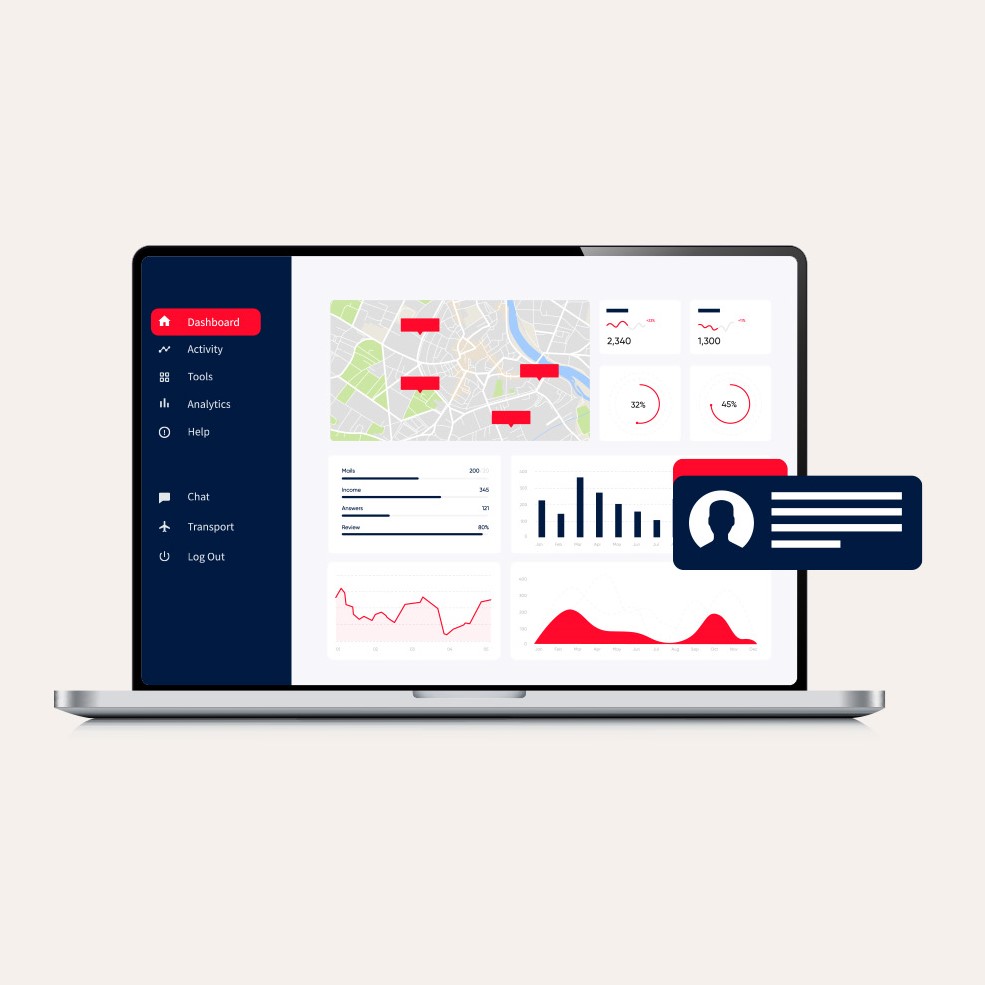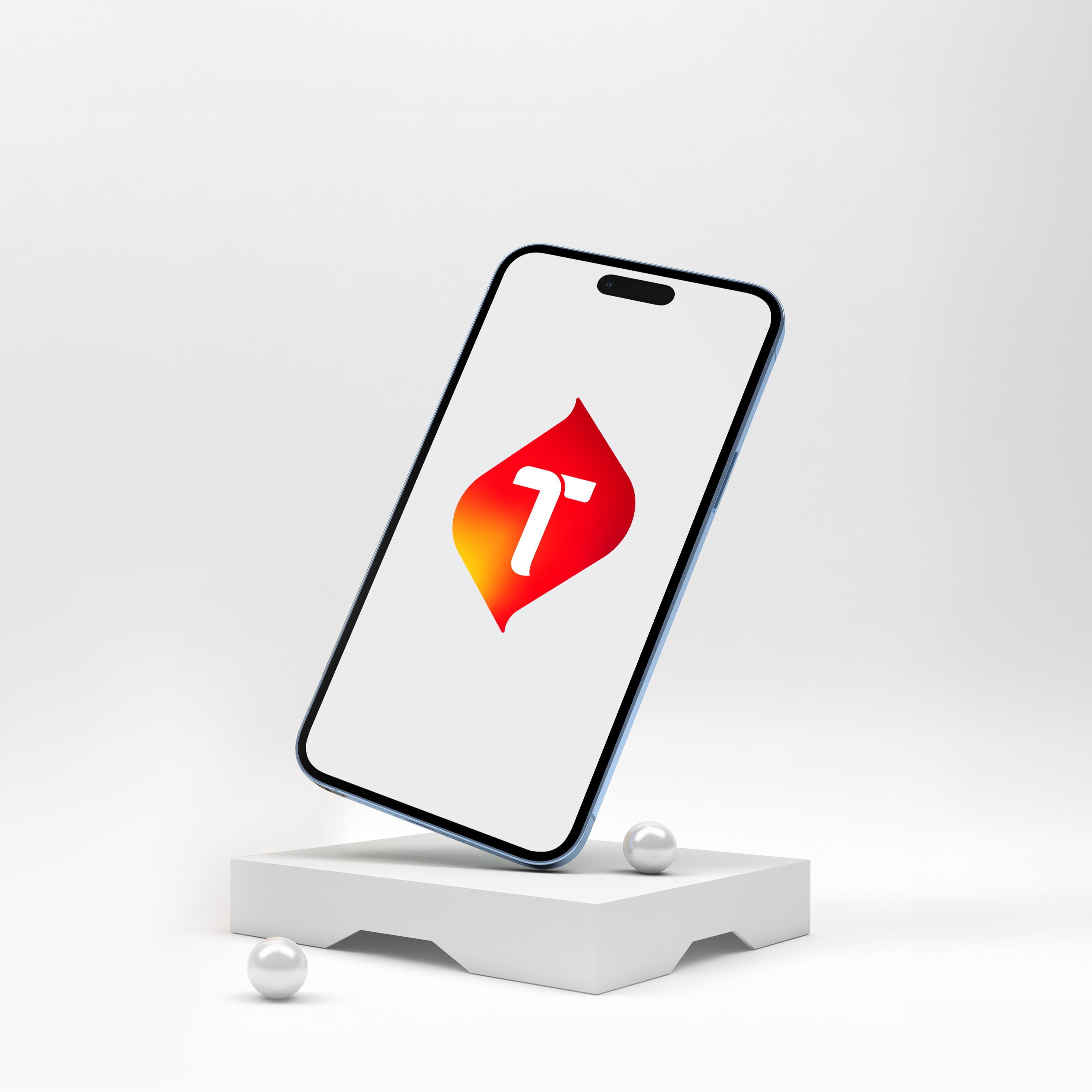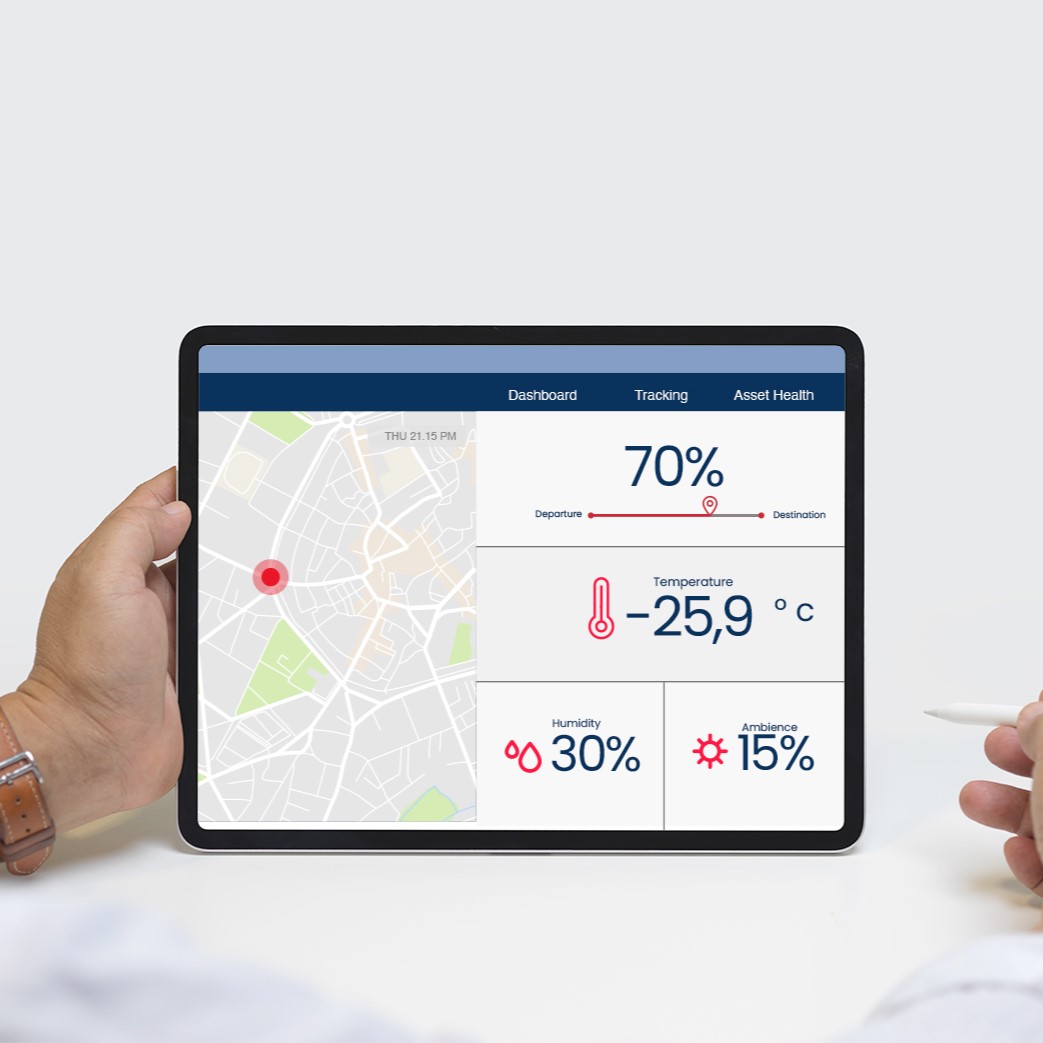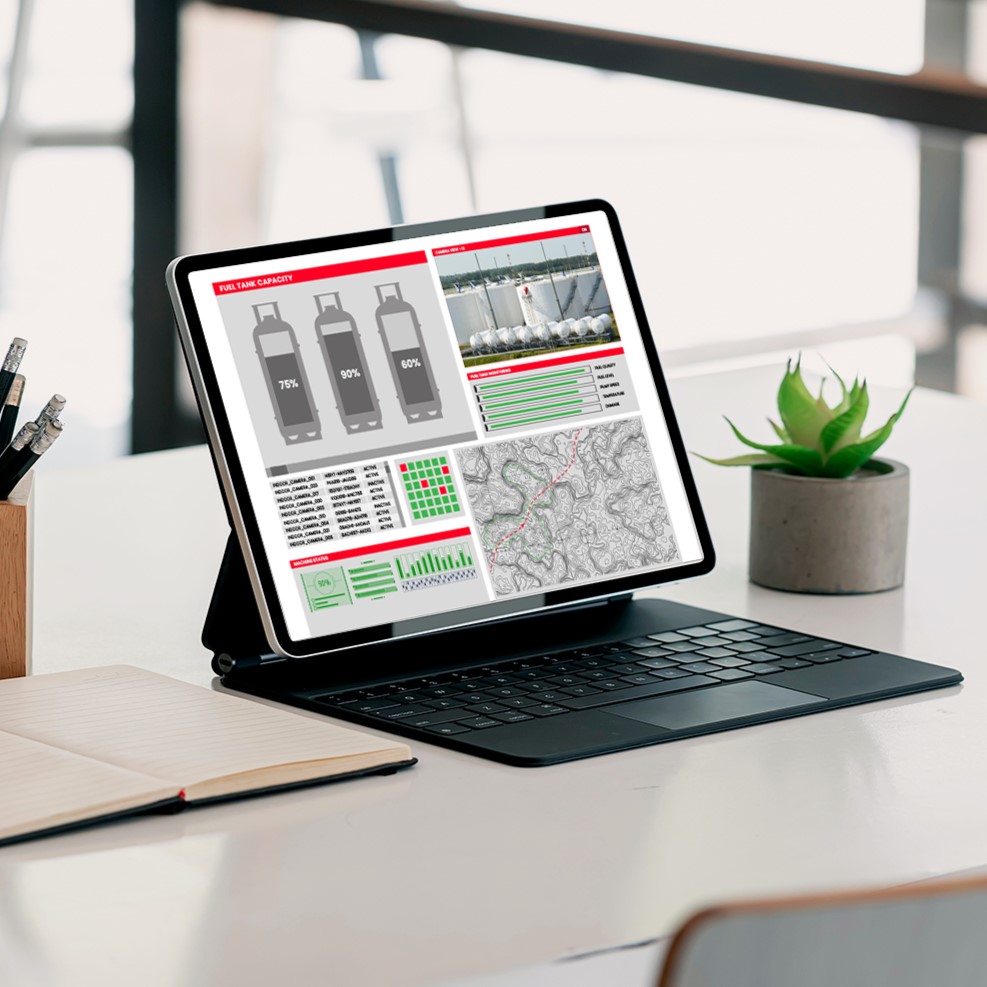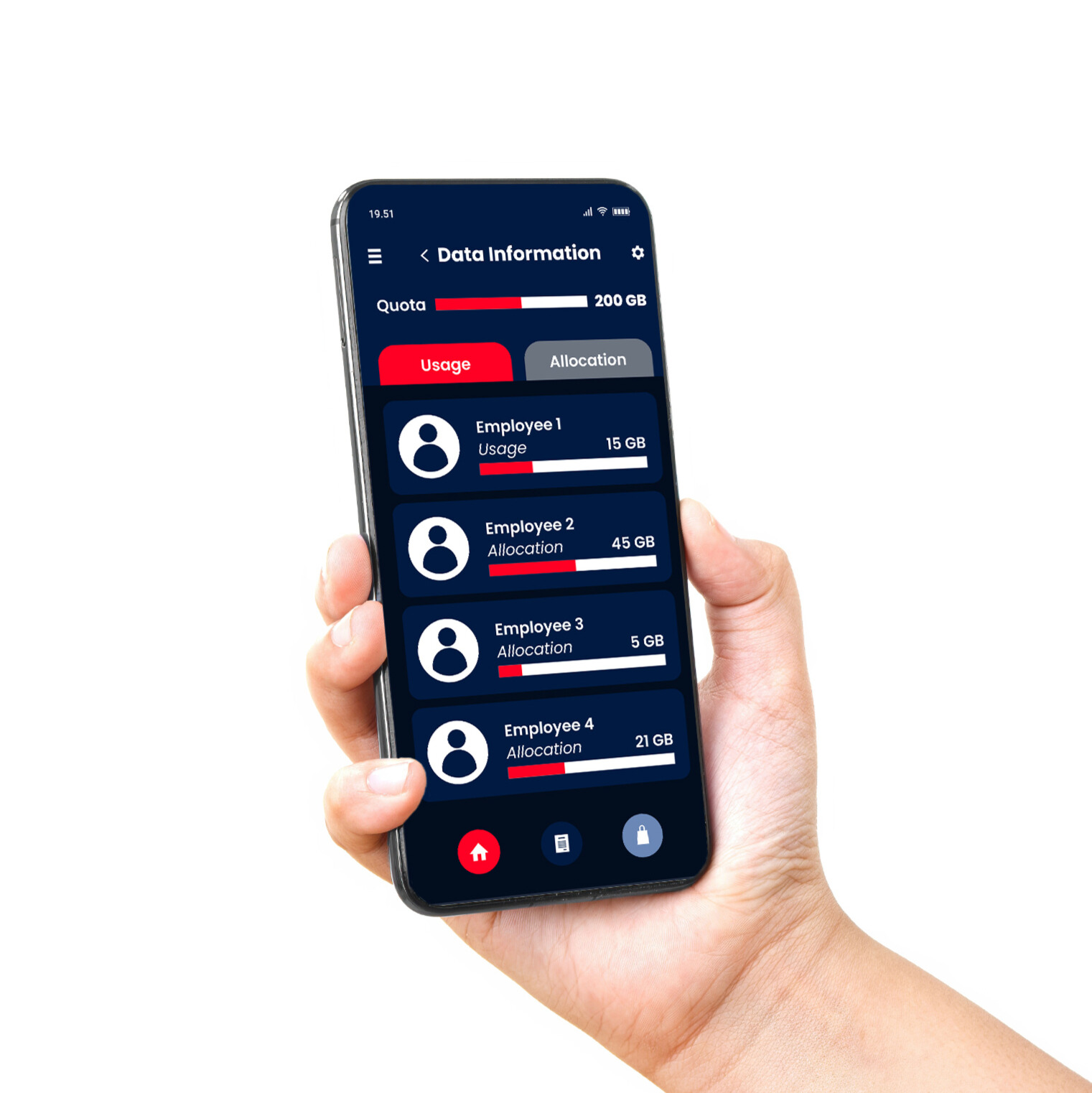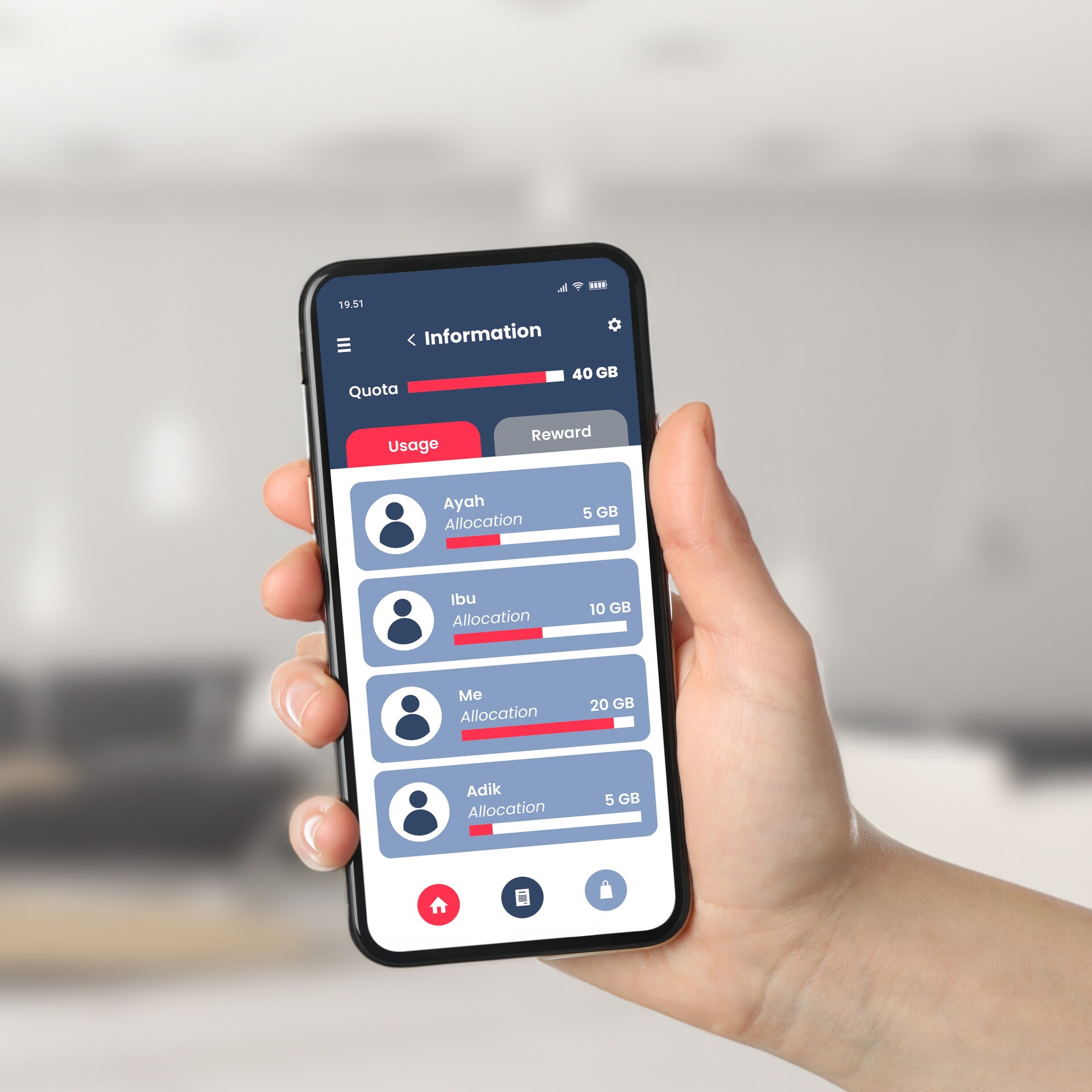Customer satisfaction surveys, as a method of collecting feedback, provide crucial information for businesses to adapt and grow.
According to Bain & Company, companies that have a high score of NPS (Net Promoter Score) grow twice as fast as their competitors. NPS is one of the popular methods of customer satisfaction surveys.
This metric measures how much customers recommend a product or service to others. In a business context, having a high NPS score can be a significant competitive advantage.
Through customer satisfaction surveys, businesses can find and address issues before customers decide to switch to another brand.
This article will guide you to learn more about customer satisfaction surveys and how to create them.
What is a Customer Satisfaction Survey?
Every brand that is serious about improving the quality of its products or services needs opinions from the most important party, namely customers.
Understanding the extent to which customers are satisfied with the products or services provided is vital information that can guide the company's strategic steps. One of the most effective methods to gain this information is through a customer satisfaction survey.
Customer satisfaction surveys are designed to collect feedback from customers regarding their experiences with products or services. The results of this survey are then used to form a feedback loop.
Feedback loops are the process where information obtained from survey results is applied to make improvements, and then re-evaluated through the next survey to ensure the improvements have been successfully carried out.
Feedback from customers helps companies gain direct insights regarding the strategies that are effective, what needs to be improved, and what may need to be changed completely.
Without this feedback, companies may spend resources on less important things and leave areas that need improvement.
The reasons why companies need to build a feedback loop through surveys are quite clear: getting objective perceptions about products or services, understanding customer needs and expectations, and evaluating the effectiveness of the business strategy being implemented.
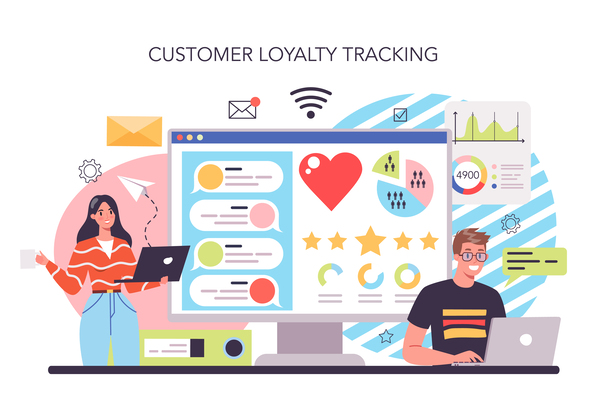
Why are Customer Satisfaction Surveys Important?
In running a business, a deep understanding of customers is one of the keys to success. Here are some reasons why customer satisfaction surveys are very important:
Identifying Customer Needs
A survey can reveal customer needs and expectations that may not have been met. By knowing what customers want, brands can more easily develop strategies to fulfill them.
Knowing Areas That Need Improvement
Even if the product or service offered is considered quality, there is always room for improvement. With surveys, companies can find out which aspects need to be improved to increase customer satisfaction. Companies can make adjustments or innovations to better suit market needs.
Increasing Customer Loyalty
When customers feel their opinions are valued, they tend to be more loyal. Involving customers in the feedback process shows that the company cares and is committed to providing the best for them.
Basic Principles in Creating Surveys
By understanding the basic principles of creating customer satisfaction surveys, this process can be made easier and you will obtain more accurate results.
Here are some basic principles to pay attention to when creating a survey:
Short and Relevant
Don't make surveys that are too long and time-consuming. Make sure each question asked has relevance and a clear purpose. This aims to make customers more willing to fill out surveys seriously.
Use Clear Language
Avoid using technical terms that customers may not understand. Use simple language that is easy for most people to understand.
Avoid Leading Questions
Questions that tend to direct answers can lead to bias. For example, "Do you agree that our product is the best on the market?" is best avoided. Instead, use neutral questions like, "What do you think about our product?"
Keep Customers Anonymous
So that customers feel free to give honest feedback, and make sure that their identity remains anonymous. This will increase their trust and the quality of the responses they will receive.
Steps to Create a Customer Satisfaction Survey
Creating an effective customer satisfaction survey requires strategic thinking and planning. The following steps can be followed to achieve optimal results:
Determining Goals of the Survey
Before you start, determine what you want your customers to know.
Do you want to know the weaknesses of the product? Or maybe you want to get insight into product innovation? These goals will help you design the right questions.
Understanding Customer Expectations
Before asking about satisfaction, first, find out their expectations for your product or service. This will help you assess the extent to which expectations are being met.
Identifying Product/Report Weak Points
By knowing areas in need of improvement, you can target questions to get more specific feedback.
Designing Survey Questions
When designing survey questions, there are several points to consider:
-
Qualitative vs quantitative questions: Quantitative questions provide measurable data, and qualitative questions provide an in-depth understanding of customer opinions.
-
Need for Likert Scale: This scale allows customers to rate a statement from the level of "Strongly Disagree" to "Strongly Agree".
Examples of effective questions: "How often have you used our products in the past month?" or "What are your suggestions for improving our service?"
Choose a Survey Method
-
Online (email, social media, website): This method tends to get a quicker response and is easier to analyze. For online surveys, you can use tSurvey from Telkomsel Enterprise. This is a solution to understand customer opinions and expectations according to your business.
-
Offline (interviews, written questionnaires): Suitable for a specific target demographic or requires a more in-depth response.
-
Combination: A combination of the two can provide a more holistic picture.
Determining the Respondent Sample
-
Sampling techniques: For example, random sampling or based on certain demographics.
-
Ideal sample size: Make sure the sample is large enough to represent your customer population, but not too large so the analysis process is not too complex.
Conducting Survey
-
The best time to send a survey: Try when customers are not busy, for example on weekends.
-
Optimize response rate: Maybe by providing incentives or just by giving a reminder regarding the importance of feedback for service improvement.
Analysis of Survey Results
After the survey is complete, the next step which is no less important is to analyze the results obtained. This will provide a clearer picture of how your product or service is received by customers.
Data Analysis Techniques
-
Descriptive Analysis: Describes data that has been collected through simple statistics such as mean, median, and mode.
-
Correlation Analysis: Determining the relationship between two variables, for example, is customer satisfaction related to purchasing frequency?
Identifying Key Patterns
From open-ended responses or qualitative questions, find recurring themes or patterns. This can provide valuable insight into areas that need attention.
Using Analysis Tools
Generally, there are two tools used for analysis:
-
SPSS: Statistical software that allows more complex data analysis.
-
Excel: Can be used for simple analysis and data visualization with graphs.
Follow-up on Survey Results
-
Implementing feedback: After identifying areas that need improvement, create an action plan to implement them.
-
Make changes based on feedback: This shows that your brand is serious about listening to customer feedback.
-
Communicate changes to customers: Let customers know that their feedback is valuable and has played a role in improving service.

Common Mistakes in Creating Customer Satisfaction Surveys
Every process has the potential for error, including in making customer satisfaction surveys. Recognizing these mistakes will help you avoid them and improve the quality of your next survey.
Biased Questions
As mentioned previously, questions that tend to lead to incorrect answers can result in inaccurate responses. Make sure your questions are neutral and objective
Too Long or Complex
Surveys that are too long can make customers lose interest and not want to complete them. Too much complexity can also make it difficult for customers to understand what you are asking.
Lack of Survey Promotion
If customers don't know about your survey, they are unlikely to fill it out. Use various communication channels, such as email or social media, to promote it.
Not Following Up on Results
There's no point in collecting feedback if you don't follow up. Customers appreciate companies that listen and act on their feedback.
Conclusion
Building a feedback loop through customer satisfaction surveys is one of the best ways to hear customer opinions and make improvements.
By listening and following up on their feedback, your brand not only improves the quality of products and services but also builds stronger relationships with customers.
Moreover, the direct benefits of listening to customers are proven, ranging from increased customer loyalty to better product innovation
To make it successful, you can try the Customer Engagement Platform (CEP) solutions from Telkomsel Enterprise. With CEP, brands can ensure that every interaction with customers is an opportunity to strengthen relationships and increase customer loyalty.
Telkomsel Enterprise understands that one of the biggest business challenges today is customer loyalty. CEP offers that solution with complete customer profiling features, allows businesses to deliver offers that suit their target market, increase customer retention, and understand customer behavior better.
With features such as personalized target campaigns and a Cloud as SaaS-based database, CEP stands out compared to other solutions, providing a competitive advantage for your business.
Additionally, to help collect customer feedback, utilize tSurvey solutions from Telkomsel Enterprise. This is an online survey platform that reaches up to 159 million respondents throughout Indonesia.
With tSurvey, you can collect customer feedback quickly and accurately, reaching respondents in 38 provinces and 514 districts or cities, and getting a fast response.
Improve your business strategy with relevant and accurate insights with tSurvey. Consult now and start gathering valuable feedback for your business!



















